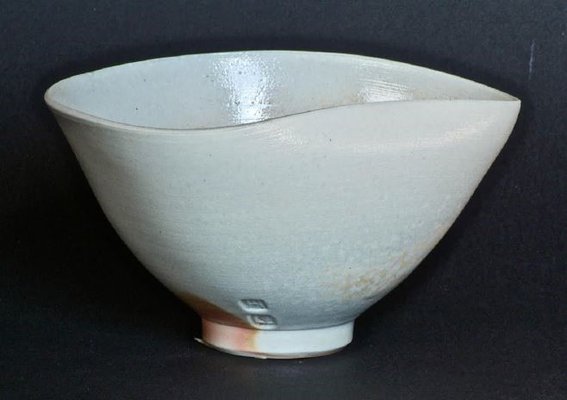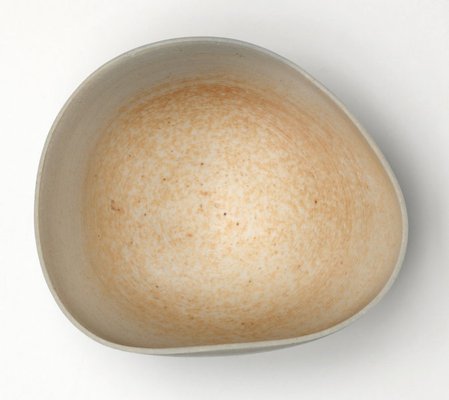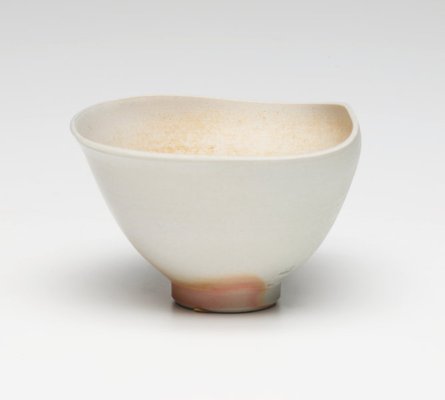Title
Mount Alexander Halloysite porcelain stone, Australia
2015
Artist




-
Details
- Date
- 2015
- Media category
- Ceramic
- Materials used
- Mount Alexander Halloysite porcelain stone, unglazed
- Dimensions
- 7.7 x 13.7 x 11.4 cm
- Credit
- Purchased with funds provided by the Vicki Grima Ceramics Fund and the Mollie Douglas Bequest 2020
- Location
- Not on display
- Accession number
- 108.2020
- Copyright
- © Steve Harrison
- Artist information
-
Steve Harrison
Works in the collection
- Share
-
-
About
Steve Harrison’s ceramics take simple forms - specifically bowls and cups as a vehicle through which to articulate concerns around ceramic history, the environment, and a way of life based upon trying to touch the ground lightly. His research into kiln and clay technology has led him to a simplification of production and sourcing of materials that strips ceramics back to its origins.
His important series of bowls known as '5 stones' are made from the five naturally occurring sources of porcelain in the world: Jingdezhen, China; Yanggu, Korea; Arita, Japan; Cornwall, UK and Mittagong, Australia. Harrison's investigations into these sources stretch over 15 years, from 2002 to 2017. He is interested in the origins of these porcelain sources, specifically centred around a rock called serecite, which is ground and processed into a clay body without additives. It is this sourcing and pressing, and the making of the work near the source which is of interest to Harrison. Workng on the idea of sustainability, works are made from a 50-kilometre-wide palette of materials, not only for clay and glaze materials such as local rocks, shales, gravels and ash, but also the wood that fires the kiln.
This bowl distorted in the kiln during firing, probably due to the ‘Halloysite’ clay content, which has produced a pleasing wave effect. The surface has developed a delicate natural wood ash glaze on the fire face. Harrison obtained the felspar for this batch of blended porcelain by the process of ‘froth-flotation’ (a highly secretive industrial process used to refine precious metals) from an iron stained granite sample on the Wombeyan Caves Road, called ‘columba granite’. This bowl was made from a very small deposit unearthed in the gutter on the side of the new Hume Highway.
-
Exhibition history
Shown in 1 exhibition
Open Studio (brick vase clay cup jug), Art Gallery of New South Wales, Sydney, 01 Jul 2023–07 Jan 2024




